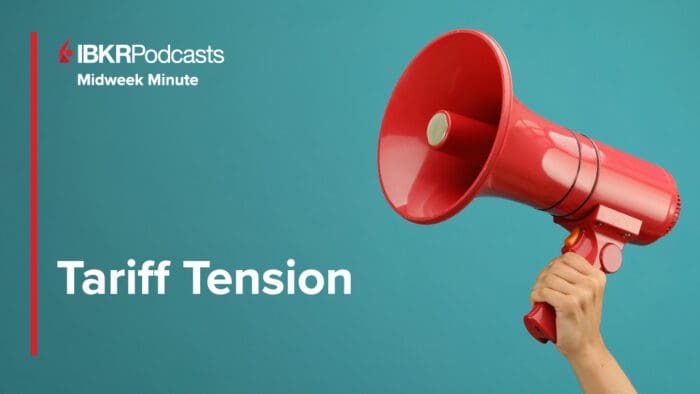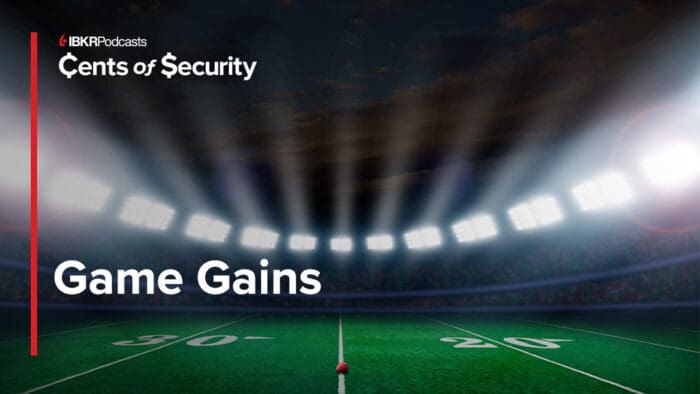By Todd Stankiewicz CMT, CFP, ChFC
1/ Asset Allocation RRG
2/ S&P 500 Sector RRG
3/ Growth vs Value RRG
4/ Bond Maturity RRG
Investopedia is partnering with CMT Association on this newsletter. The contents of this newsletter are for informational and educational purposes only, however, and do not constitute investing advice. The guest authors, which may sell research to investors, and may trade or hold positions in securities mentioned herein do not represent the views of CMT Association or Investopedia. Please consult a financial advisor for investment recommendations and services.
1/ Asset Allocation RRG

Relative Rotation Graphs (RRG) are a dynamic way to view how multiple asset classes are changing relative to each other. Our first RRG observes multiple asset classes relative to the Vanguard Balanced Index Fund, which represents a low-cost proxy for the traditional 60/40 portfolio. Assets generally rotate clockwise from the green leading quadrant, into the yellow weakening quadrant, then the red lagging quadrant, and then into the blue improving quadrant, all relative to the Vanguard Balanced Index Fund in this example. Keep in mind that these charts are simply measuring cross sectional momentum and are not reflective of time series momentum. So, even if the asset is leading on a relative basis, it may still be declining in price if the reference asset is also declining.
Based on this RRG, the GSCI Commodity index is the top asset allocation sector leading, followed by the India Nifty Fifty Index (NIFTY) and then the S&P600 Small Cap index (SP600). Regarding asset allocation and depending on your individual circumstances, it may be most sensible to increase weightings to the leading asset classes, while rotating capital away from the lagging and weakening assets and into the improving asset classes.
2/ S&P 500 Sector RRG

When utilizing RRG charts, we can dig deeper to not only observe what is happening from an overall asset allocation perspective, but what is happening within each of the specific indices. On this RRG we can observe the different sector constituents of the S&P500 index (SPX).
The S&P500 energy sector (XLE) is leading with financial sectors close behind. The financial sector (XLF) is just rotating now from the improving quadrant to the leading quadrant. It is notable that the best performing sectors to date are now starting to lag the broader S&P500 index. Information technology (XLK), consumer discretionary (XLY) and communication services (XLC) are now weakening and appear to be heading for the lagging quadrant.
Just as the earlier asset allocation chart, it may be prudent to rotate from weakening sectors into improving sectors. But this situation presents more complex dynamics. This is because information technology, consumer discretionary, and communications services constitute about 47% of the S&P 500 index. This imbalance is because the S&P500 is a market cap weighed index. If these sectors are lagging the broader index, while energy is the primary leading sector at 4.8% of the index, there will be considerable downside pressure on the index as whole. It may be worth consideration to look at a non-market cap weighted indices as an alternative.
3/ Growth vs Value RRG

The S&P500 growth index has led the S&P500 value index (SVX) on a total return basis this year. Although we may be experiencing a shift in this relationship. The RRG is presented along side a traditional ratio chart. The traditional ratio chart depicts a picture of growth continuing to strongly lead value over the last 6 months.
The RRG chart may provide an investor with substantially more information. The tails have been extended to show the path that each of the indices have traveled over the last 26 weeks. So, while growth has clearly led value, this relationship may be beginning to change. As the value index is rotating through the improving quadrant and heading towards the leading quadrant. The opposite is true with the growth index.
This has important implications for portfolio rebalancing. Instead of using rebalancing frequencies that are date focused, it may be more effective to take a dynamic approach to rebalancing at times when key indices are appearing to rotate from leading to weakening or lagging in to improving quadrants.
4/ Bond Maturities

RRG charts can also provide a way to efficiently visualize opportunities across the fixed income yield curve. This is one of the most interesting RRG charts in a long time. There is almost no rotation in the respective maturities. Each one is moving directly towards the outer diameters of the RRG charts in their respective quadrants.
This highlights the rapid rate at which the lagging positions are deteriorating on a relative basis. The opposite is true regarding the assets in the leading quadrant. Keep in mind that eventually positions rotate from the lagging to improving and into the leading quadrants. Given the potential for this eventual rotation, a contrarian investor may identify opportunity on a chart like this. Realizing that rotating away from the leading sectors into the lagging sectors may provide a unique opportunity if the lagging sectors quickly turn towards the improving quadrant.
RRG charts are dynamic tools that can be used uniquely by each individual investor. Each of the charts today highlights important concepts and implications for the investment process.
Advisory Services offered through Sykon Capital, LLC, a registered investment advisor with the U.S. Securities and Exchange Commission. This material is intended for informational purposes only. It should not be construed as legal or tax advice and is not intended to replace the advice of a qualified attorney or tax advisor. The information contained in this presentation has been compiled from third party sources and is believed to be reliable as of the date of this report. Past performance is not indicative of future returns and diversification neither assures a profit nor guarantees against loss in a declining market. Investments involve risk and are not guaranteed.
—
Originally posted 3d October 2023
Disclosure: Investopedia
Investopedia.com: The comments, opinions and analyses expressed herein are for informational purposes only and should not be considered individual investment advice or recommendations to invest in any security or to adopt any investment strategy. While we believe the information provided herein is reliable, we do not warrant its accuracy or completeness. The views and strategies described on our content may not be suitable for all investors. Because market and economic conditions are subject to rapid change, all comments, opinions and analyses contained within our content are rendered as of the date of the posting and may change without notice. The material is not intended as a complete analysis of every material fact regarding any country, region, market, industry, investment or strategy. This information is intended for US residents only.
Disclosure: Interactive Brokers Third Party
Information posted on IBKR Campus that is provided by third-parties does NOT constitute a recommendation that you should contract for the services of that third party. Third-party participants who contribute to IBKR Campus are independent of Interactive Brokers and Interactive Brokers does not make any representations or warranties concerning the services offered, their past or future performance, or the accuracy of the information provided by the third party. Past performance is no guarantee of future results.
This material is from Investopedia and is being posted with its permission. The views expressed in this material are solely those of the author and/or Investopedia and Interactive Brokers is not endorsing or recommending any investment or trading discussed in the material. This material is not and should not be construed as an offer to buy or sell any security. It should not be construed as research or investment advice or a recommendation to buy, sell or hold any security or commodity. This material does not and is not intended to take into account the particular financial conditions, investment objectives or requirements of individual customers. Before acting on this material, you should consider whether it is suitable for your particular circumstances and, as necessary, seek professional advice.
Disclosure: ETFs
Any discussion or mention of an ETF is not to be construed as recommendation, promotion or solicitation. All investors should review and consider associated investment risks, charges and expenses of the investment company or fund prior to investing. Before acting on this material, you should consider whether it is suitable for your particular circumstances and, as necessary, seek professional advice.


















Join The Conversation
For specific platform feedback and suggestions, please submit it directly to our team using these instructions.
If you have an account-specific question or concern, please reach out to Client Services.
We encourage you to look through our FAQs before posting. Your question may already be covered!